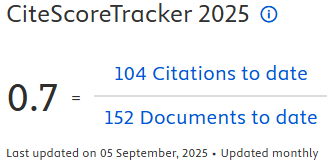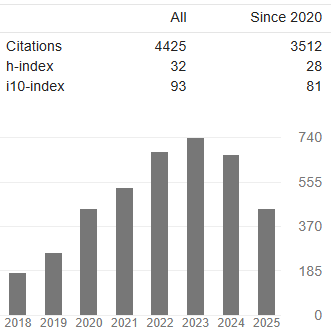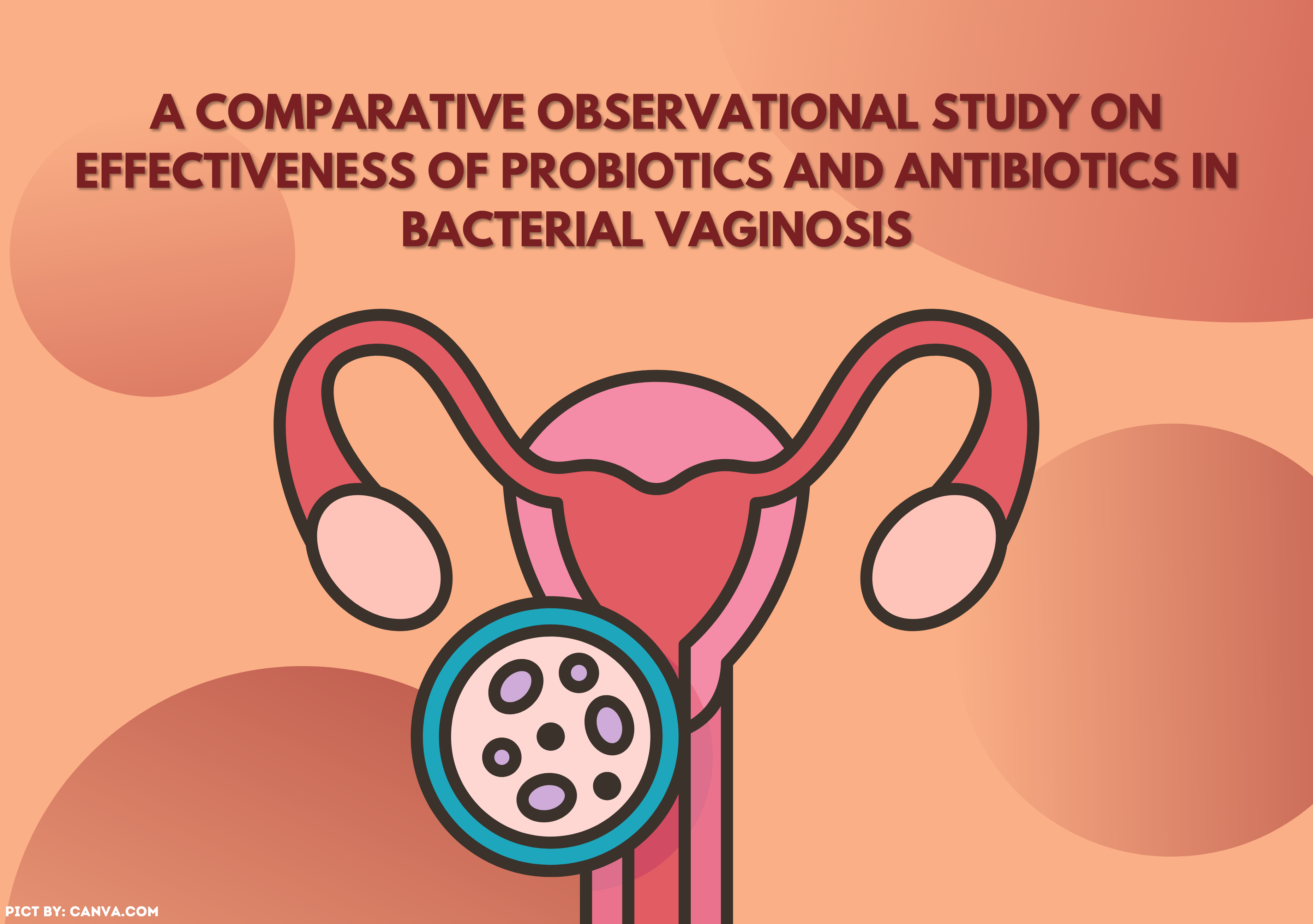THE UTILIZATION OF GOLDEN PERIOD OF ISCHEMIC STROKE IN PATIENTS IN PRODUCTIVE AGES
Downloads
The 2007 Basic Health Survey shows the highest number of deaths in Indonesia rural and urban areas was caused by stroke. In 2007-2013, the stroke prevalence in productive age increased up to 22"°. Stroke that attacks productive age can impairindividual's ability to do activities, and thus they might have family financial constraint. Disabilities can be prevented and minimized if patients utilize a golden period of an ischemic stroke. This study identified the utilization of golden period of ischemic stroke in patients and analyzed causes of delayed patient admission to the Neurology Clinic of Sidoarjo Hospital. This studywas a descriptive study conducted to 39 post-stroke ischemic patients in productive agesunderfurther therapy at the Neurology Clinic of Sidoarjo Hospital in 2016. The data were collected through interviewfrom January-February 2017. The results present 62% of stroke ischemic patients utilized the golden period of a ischemic stroke. The average respondents' admissiontook 29.87±47.46 hours after patients experienced first stroke ischemic attacks (ranging from 1-168 hours). The respondents were admitted to the hospital late or >4.5 hours after the stroke attacks because most of them did not know stroke signs and symptoms. Therefore, hospitals or health care providers have to provide counseling service to patients and family membersabout stroke signs and symptoms, as well as the importance of early admission for treatmentas soon aspatient gets the first stroke attack.
Keywords: utilization of the golden period, ischemic stroke, productive age.
Adawiyah, R., Kariasa, I.M., 2014. Faktor faktor yang berhubungan dengan kualitas hidup pada pasien pasca stroke. Skripsi. Fakultas Ilmu Keperawatan. Universitas Indonesia.
Adiati, T., Wahjoepramono, E., 2010. 171 Tanya Jawab tentang stroke. Jakarta: PT Gramedia.
Anies., 2006. Waspada Ancaman Penyakit Tidak Menular, Solusi Pencegahan dari Aspek Perilaku Dan Lingkungan. Jakarta: PT. Elex Media Komputindo.
Association., S., 2016. State Of The Nation Stroke Statistic.
Batticaca, F., 2008. Asuhan Keperawatan pada Klien dengan Gangguan Sistem Persyarafan. Jakarta: Salemba Medika.
Brillianti, P., 2016. Hubungan Self-Management dengan Kualitas Hidup Pasien Pascastroke di Wilayah Puskesmas Pisangan Ciputat. Skripsi. Fakultas Kedokteran dan Ilmu Kesehatan. Universitas Islam Negeri Syarif Hidayatullah.
Indonesian Ministry of Health, 2008. Riset Kesehatan Dasar 2007,. Jakarta.
Indonesian Ministry of Health, 2013. Riset Kesehatan Dasar 2013,. Jakarta.
Ebinger, M., Kunz, A., Wendt, M., Rozanki, M., Winter, B., Waldschmidt, C., et al., 2015. Effects of golden hour thrombolysis: a Prehospital Acute Neurological Treatment and Optimization of Medical Care in Stroke (PHANTOM-S) substudy. JAMA Neurology, 72(1), pp.25–30. https://doi.org/10.1001/jamaneurol.2014.3188
Hacke, W., Kaste, M., Erich, B., Miroslav, B., Antoni, D., Donata, G., et al., 2008. Thrombolysis with alteplase 3 to 4,5 hours after acute iskemik stroke. The New England Journal of Medicine, 59(13), pp.1313–1329.
Lumbantobing., 2007. Stroke bencana peredaran darah di otak. Jakarta: Badan Penerbit FK-UI.
Lutfie, S.H., 2012. Kembali aktif pasca stroke, panduan terapi mandiri penderita stroke di rumah. Solo: Metagraf.
Mahendra, B., Rachmawati, E., 2005. Atasi Stroke dengan tanaman obat. Jakarta: Penebar Swadaya.
Margaret, J.S., Loria, G., 2013. Early management of acute ischemic stroke cases (Acute Stroke Protocols & Guidelines/Algorithms) @ Apollo Hospitals, Hyderabad. Apollo Medicine IO. https://doi.org/10.1016/j.apme.2013.11.002
Misbach, J., 2001. Pattern of hospitalized-stroke patients in ASEAN countries an ASNA stroke epidemiological study. Med J Indones, 10(1), pp.48–56. https://doi.org/10.13181/mji.v10i1.6
Nadesul, H., n.d. Menyayangi Otak, menjaga kebugaran, mencegah penyakit, memilih makanan. Jakarta: Kompas.
Notoatmodjo, S., 2007. Pendidikan dan Perilaku Kesehatan. Jakarta: PT Rineka Cipta.
Pinzon, R., Laksmi, A., 2010. Awas Stroke!Pengertian, Gejala, Tindakan, Perawatan dan Pencegahan. Yogyakarta: Andi Offset.
Sari, W., Lili, I., Catur, S., 2016. Care Your Self, Stroke cegah dan Obati Sendiri. Jakarta: Penebar Plus.
Saver, JL., Eric, ES., Greg, C., Fonarow., Mathew, JR., Xin, Z., et al., 2010. The "golden hour” and acute brain ischemia presenting features and lytic therapy in >30.000 patients arriving within 60 minitus of stroke onset. AHA Journals., 41, pp.1431-1439. https://doi.org/10.1161/STROKEAHA.110.583815
Sutrisno, A., 2010. Stroke?You Must Know Before You Get It!. Jakarta: PT Buana Printing.
Wahyu, G.G., 2009. Stroke hanya menyerang orang tua?. Yogyakarta: PT. Bentang Pustaka.
Wardhani, N. R., Martini, S., 2014. Faktor yang berhubungan dengan pengetahuan tentang stroke pada pekerja institusi pendidikan tinggi. Jurnal Berkala Epidemiologi., 2(1), pp.13–23.
WHO, 2002. The atlas of heart disease and stroke.
Yulianto, A., 2011. Mengapa Stroke Menyerang Usia Muda?. Jakarta: PT. Buku Kita.
- The authors agree to transfer the transfer copyright of the article to The Indonesian Journal of Public Health effective if and when the paper is accepted for publication.
- Authors and other parties are bound to the Creative Commons Attribution-NonCommercial-ShareAlike 4.0 International License for the published articles, legal formal aspect of journal publication accessibility refers to Creative Commons Attribution-NonCommercial-ShareAlike 4.0 International License (CC BY-NC-SA), implies that:
- Attribution ” You must give appropriate credit, provide a link to the license, and indicate if changes were made. You may do so in any reasonable manner, but not in any way that suggests the licensor endorses you or your use.
- NonCommercial ” You may not use the material for commercial purposes.
- ShareAlike ” If you remix, transform, or build upon the material, you must distribute your contributions under the same license as the original.































